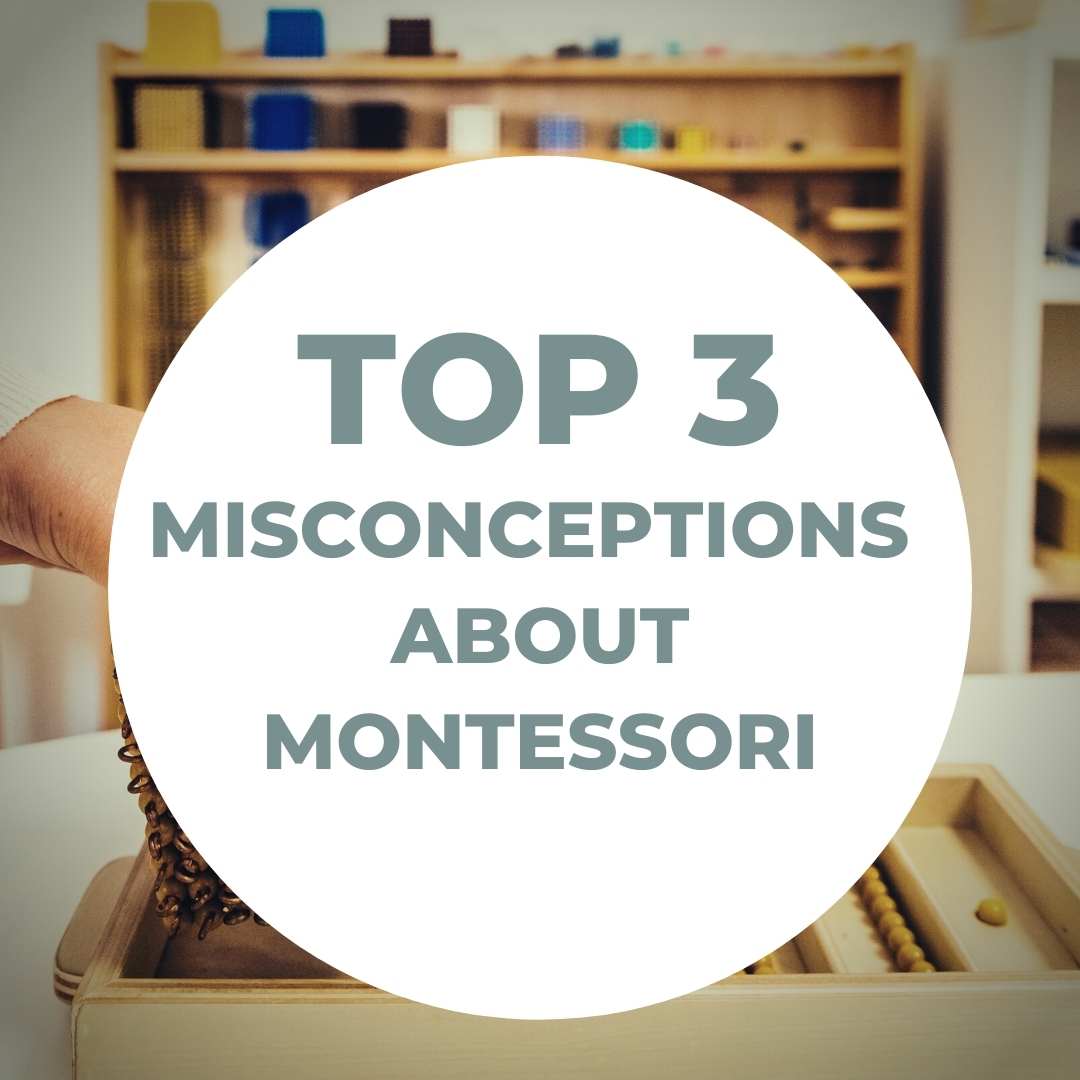Top 3 Misconceptions about Montessori
Montessori is gaining popularity. Most of the Parents are aware of the Montessori method and have a reasonable amount of knowledge. Unfortunately, most of this knowledge is merely a misconception. The three main misconceptions surround the Montessori method.
The first misconception is, Montessori is only a preschool education. Many parents who use the word Montessori as a synonym for early childhood education fail to see it as a universal educational method. It is true that Maria Montessori started her work with preschool children, i.e. 3 to 6-year-olds. Later on, the method was expanded for children below 3 years and above 6 years. Thus, the Montessori approach is used for 6 months babies to 18-year-old adolescents, in adult education, and also in educating Dementia Patients. Thus Montessori is not limited to only early childhood education but has universal applicability.
The second misconception is Montessori is only for special children. Montessori did work with differently-abled children called Orthophrenic school before working with normal children. Rita Kramer, the biographer of Maria Montessori, records that the children of Orthophrenic school learnt reading and writing and scored better in public exams compared to normal children. Montessori realised that the ability of special children had not increased, but the capacity of normal children was decreased because of the educational approach used. Hence, she decided to work with normal children.
Montessori got an opportunity to work with normal children. Thus the Montessori classrooms are designed for normal children, the teachers are trained to address the needs of normal children. Although the equipment in the Montessori classroom could be used for helping special children, the teachers are not prepared to provide to the specific needs of the special children and classrooms are not supportive. However, special educators use Montessori materials therapeutically in their one-on-one therapy sessions with special children.
The third misconception is about freedom. Many think that children in the Montessori classroom are allowed to do whatever they want. Montessori believed that freedom and discipline are the faces of the same coin and one doesn’t exist without the other. She gives an analogy of a plant. The plant has to be firmly rooted in the ground. If we wish to free the plant from the ground, we will only be killing the plant. Likewise, giving total freedom to the child is like uprooting the child and leaving him in this vast world, blindfolded. Children need freedom, and at the same time a boundary until they are independent enough to make their own judgments. Thus, the child cannot do every he wants in the Montessori classroom. There is a boundary called limitation.
Montessori Method is not merely a preschool, it is an educational method which is applied up to the university level, Montessori classroom is designed for normal children although the Montessori equipment is beneficial for differently-abled children, and finally, Montessori children enjoy a variety of freedom in the classroom like speech, move, work and so on which have their own limitations.
Tagged Education, Kindergarten, learning, Montessori, Nursery, Parenting, Playing, Preprimary, Teaching, working

